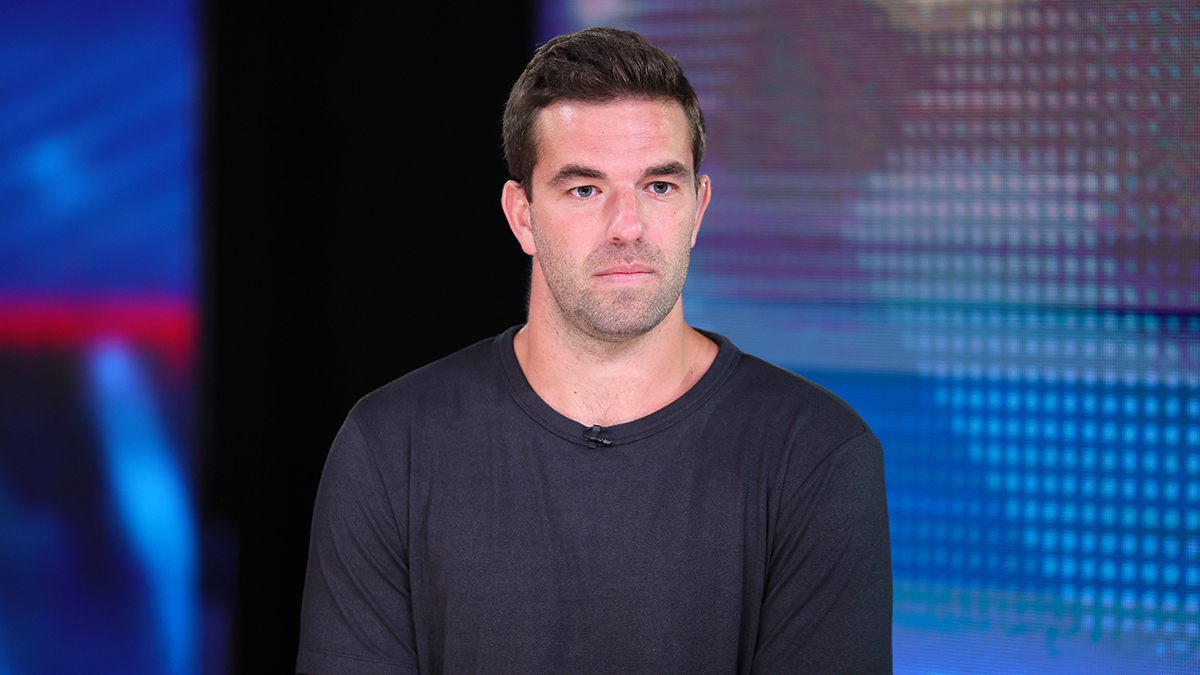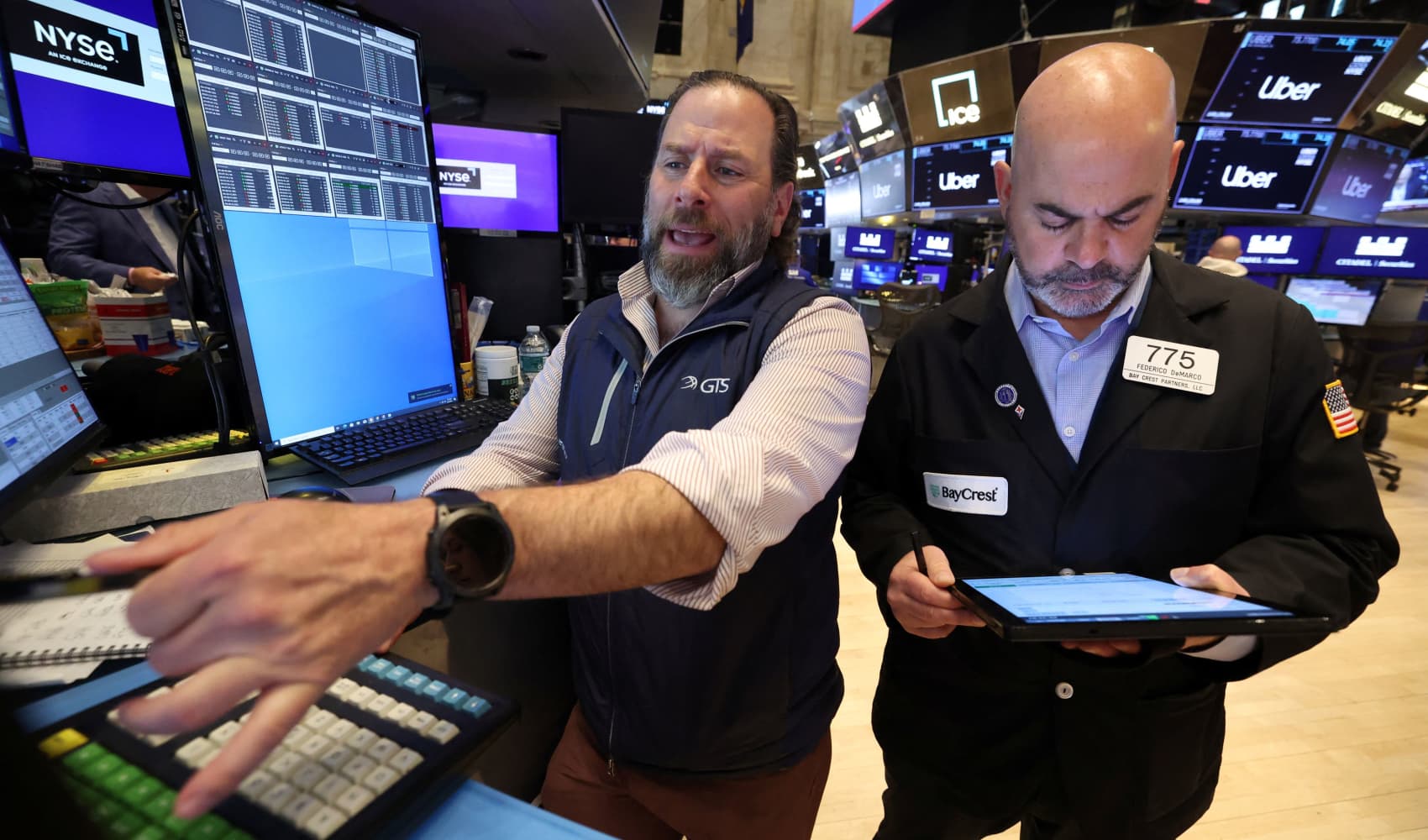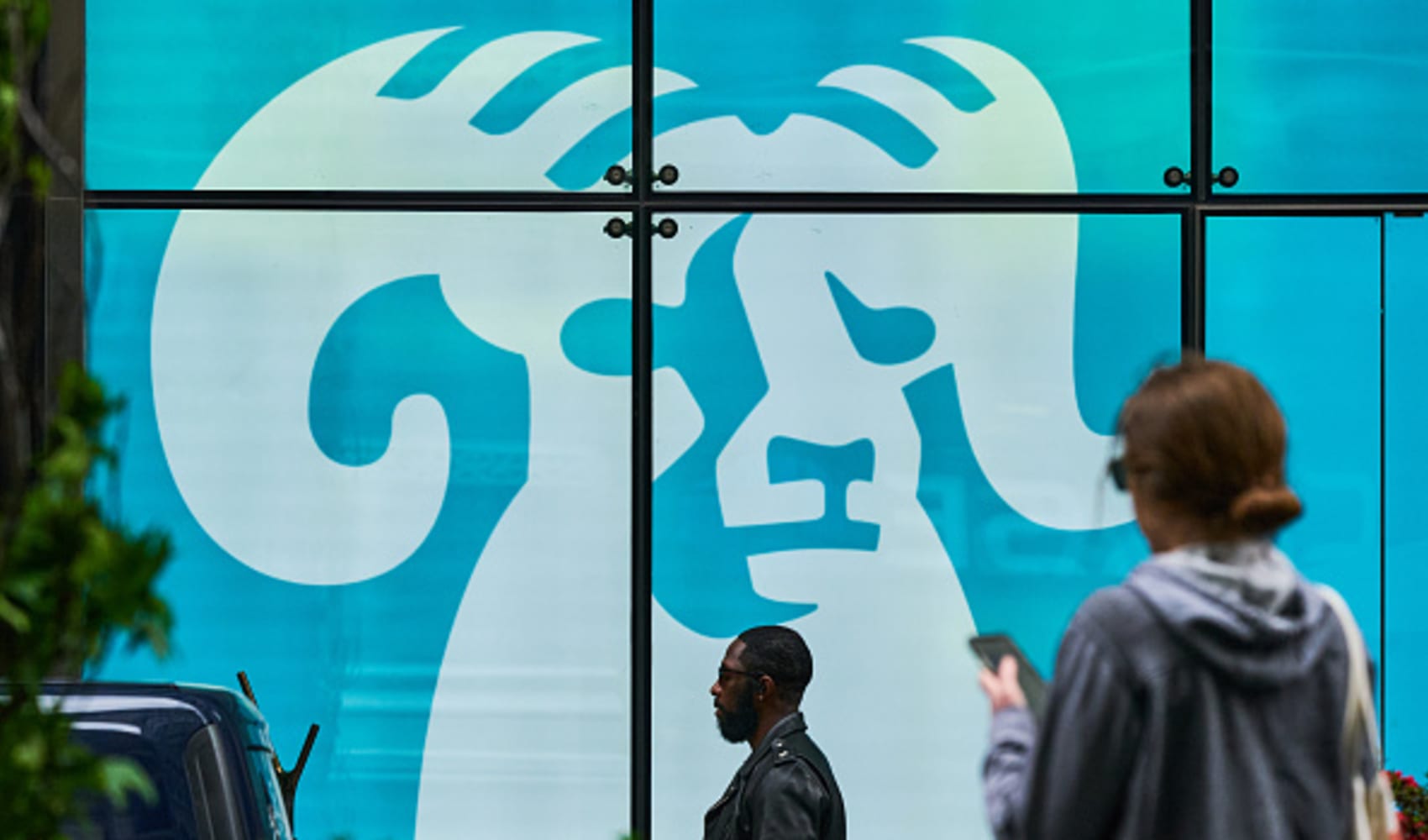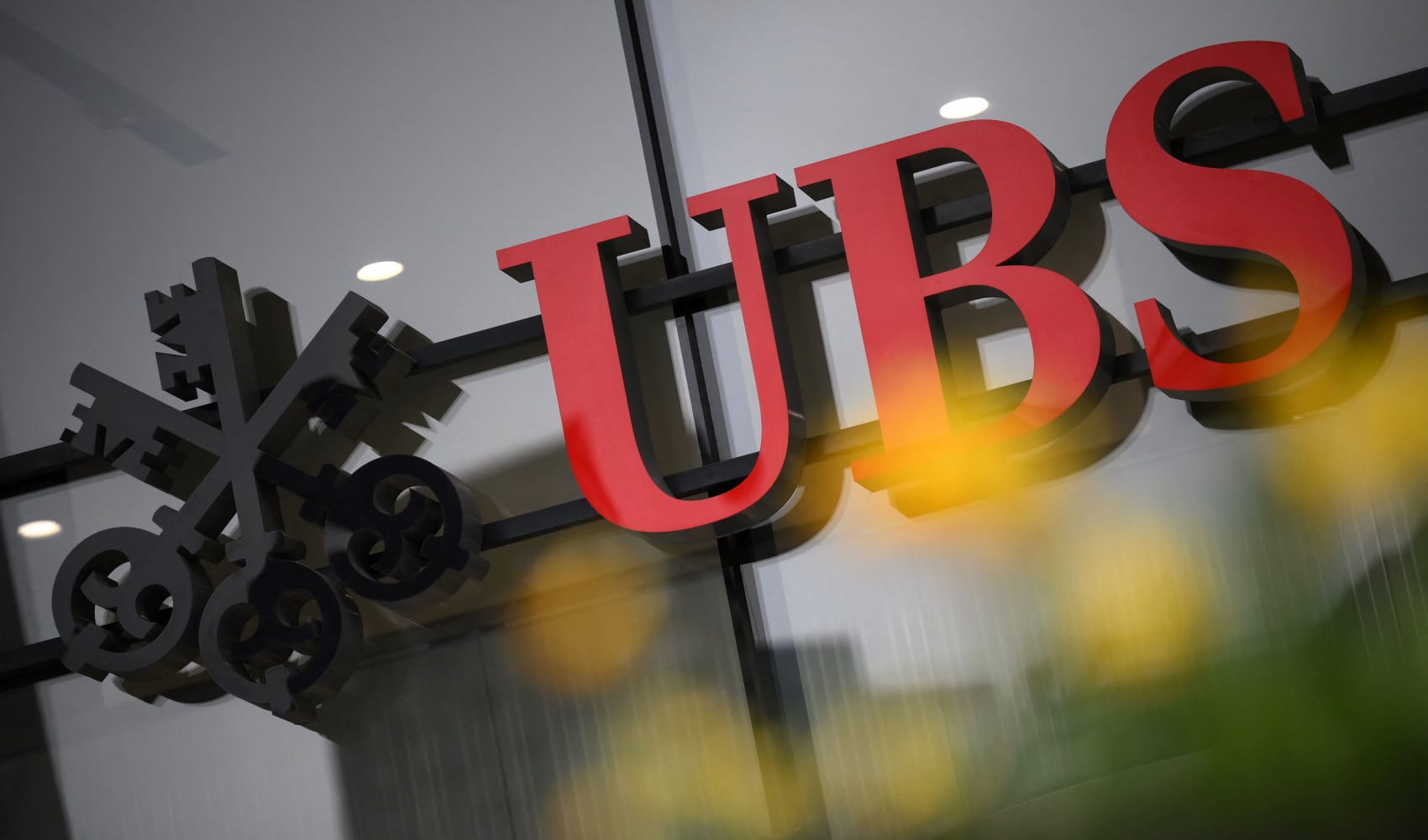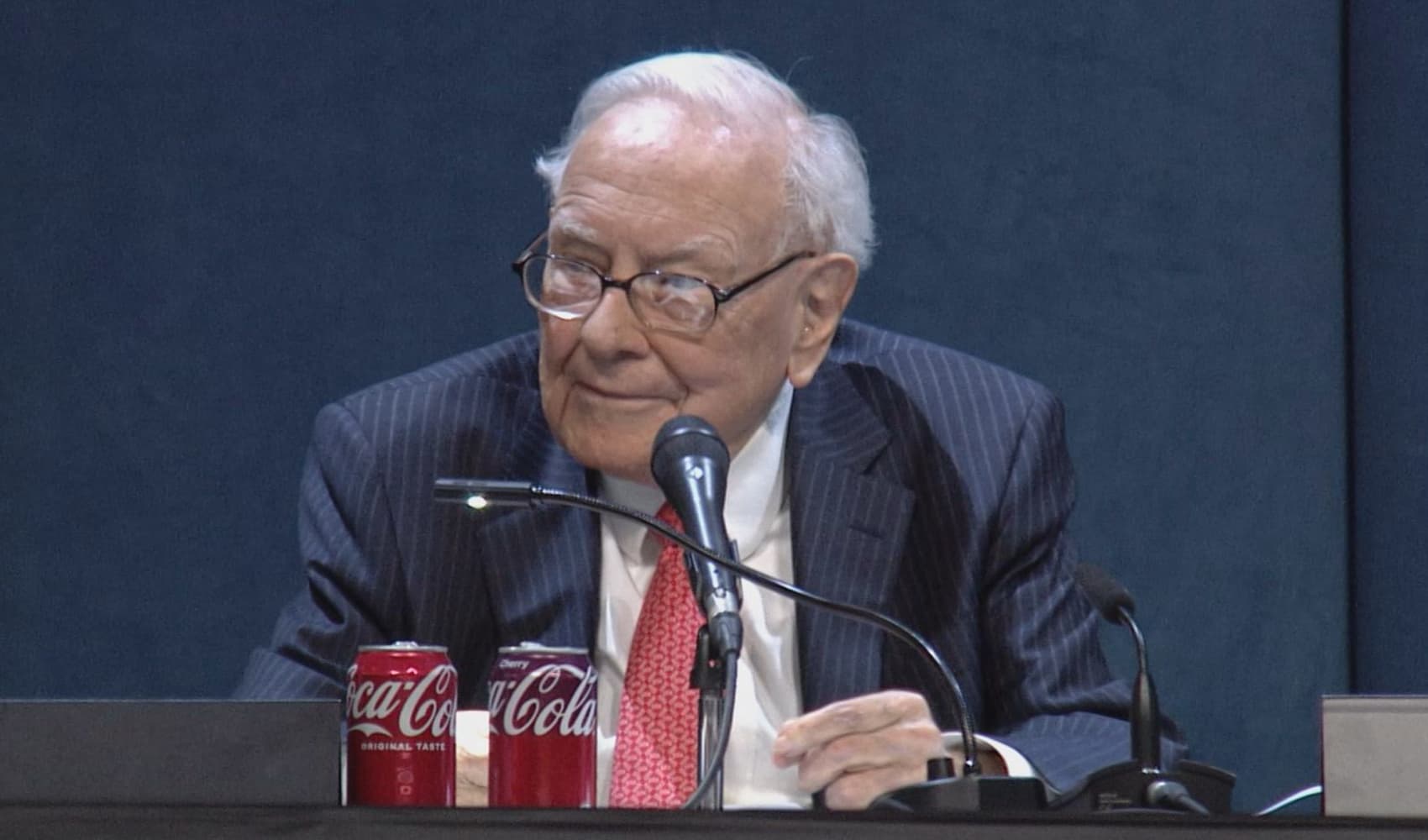Fyre Fest Brand Sale: Opportunity or Toxic Asset?
Fyre Sale: From Inferno to Opportunity? The Festival Brand is Up for Grabs!
Introduction: The Phoenix from the Ashes (Or Just Embers?)
Remember the Fyre Festival? That epic fail that became a cautionary tale, a meme goldmine, and a documentary sensation? Well, hold onto your hats (preferably not the cheap trucker hats promised but never delivered): The Fyre Festival brand is officially for sale! Yes, you read that right. After the dramatic postponement of Fyre Festival 2 (is anyone *really* surprised?), Billy McFarland, the mastermind (or perhaps the mad scientist) behind the original disaster, has announced he's passing the torch... or maybe just the lighter that started the whole thing.
The Announcement: A Bold Move or a Desperate Gamble?
“A new chapter begins. After two years of rebuilding FYRE with honesty, creativity, and relentless effort, it’s time to pass the torch. We’re officially putting the FYRE brand up for sale. To the right buyer: the platform is yours. Execute the vision. Make history,” reads the eyebrow-raising message on the festival’s official Instagram page. It's a statement dripping with irony, isn't it? Honesty? Relentless effort? Considering the past, it's a tough sell (pun intended!).
Why Now? McFarland's Explanation
According to McFarland himself, the Fyre brand has become “bigger than any one person and bigger than what I’m able to lead on my own.” Translation? Maybe he's realized he's in over his head, or perhaps he's just looking for a way to capitalize (again) on the notoriety. Regardless, the man's got chutzpah. You've got to give him that.
The Price of Fyre: What's the Brand Actually Worth?
That's the million-dollar (or perhaps multi-million-dollar, depending on who you ask) question. Is the Fyre Festival brand a toxic asset, or does it have untapped potential? Is it like that haunted house everyone avoids, or is it a quirky landmark with a morbidly curious fanbase? Its value is undoubtedly tied to its infamy.
Assessing the Damage: The Negative Legacy
Let's be honest: the initial brand association is *terrible*. It conjures images of soggy tents, cheese sandwiches, and unfulfilled promises. Think of it as a reputation management nightmare waiting to happen.
The Potential for Redemption: A Brand Makeover?
However, there's also the chance for a complete image overhaul. Imagine a savvy entrepreneur transforming the Fyre brand into a symbol of resilience, transparency, and, dare we say, even luxury. It would require a Herculean effort, but the payoff could be huge.
Who Would Buy Fyre? Potential Suitors
So, who in their right mind would actually buy this brand? Here are a few possibilities:
- A Marketing Genius: Someone who sees the potential for a brilliant (and slightly twisted) marketing campaign.
- A Private Equity Firm: A company specializing in distressed assets, looking to rehabilitate and resell the brand.
- A Media Company: A streaming service or production company that wants to create content around the Fyre Festival story (again!).
- A Cryptocurrency Enthusiast: Someone who believes in the power of blockchain and wants to create a transparent and trustworthy festival experience (irony intended).
- No One: Let's be real, it's also possible that no one will bite.
Fyre Festival 2.0: What Went Wrong (Again)?
The postponement of Fyre Festival 2, while not entirely unexpected, raises serious questions. Was McFarland truly committed to delivering a better experience, or was this always a publicity stunt to increase the brand's value before selling it off?
Lack of Transparency: The Same Old Story?
One of the biggest criticisms of the original Fyre Festival was the lack of transparency. It seems that same issue plagued the reboot. Vague promises and a lack of concrete details left potential attendees feeling uneasy.
Financial Concerns: Can He Actually Pull It Off?
Given McFarland's past financial woes, many questioned whether he had the resources to actually pull off a successful festival. The lack of investor confidence likely played a significant role in the postponement.
Lessons Learned: What Can Others Learn from the Fyre Debacle?
The Fyre Festival saga offers invaluable lessons for event organizers and entrepreneurs alike.
Honesty and Transparency: The Cornerstones of Trust
Always be upfront with your audience. Don't overpromise and underdeliver. Build trust by being transparent about your plans and limitations.
Realistic Planning: Don't Bite Off More Than You Can Chew
Ensure you have the resources, infrastructure, and expertise to deliver on your promises. Don't try to do too much, too soon.
Risk Management: Prepare for the Unexpected
Have contingency plans in place for potential problems. Be prepared to handle emergencies and unexpected challenges.
The Future of Fyre: Will It Rise Again?
It's hard to say what the future holds for the Fyre Festival brand. Will it be reborn as a symbol of redemption, or will it remain a cautionary tale of greed and mismanagement? Only time will tell.
A New Vision: The Key to Success
If the Fyre brand is to succeed, it needs a completely new vision – one that is built on integrity, transparency, and a genuine commitment to delivering a positive experience. The past mistakes cannot be ignored, but they can be learned from.
The Metaverse Fyre: Could This Be the Answer?
Perhaps the future of Fyre lies in the metaverse? Imagine a virtual Fyre Festival, where attendees can experience the event without the risk of getting stranded on a desert island with only cheese sandwiches. It's a crazy idea, but in the world of Fyre, anything is possible.
Ethical Considerations: Is It Right to Profit From Failure?
There are ethical questions to consider. Is it right for McFarland to profit from the Fyre brand after the damage he caused? Some would argue that he should be focusing on restitution, not further enrichment. It is a moral dilemma.
Conclusion: From Fiasco to Opportunity – A Wild Ride!
The Fyre Festival story is a rollercoaster ride of epic proportions. From the initial disaster to the attempted comeback and now the sale of the brand, it's a tale that continues to fascinate and perplex. Will the Fyre brand rise from the ashes, or will it remain a symbol of failure? The answer remains to be seen, but one thing is certain: the Fyre Festival saga is far from over.
Frequently Asked Questions
Here are some frequently asked questions about the Fyre Festival brand sale:
- What exactly is being sold?
The Fyre Festival brand, including its name, logo, and any associated intellectual property. This could potentially include social media accounts and any existing marketing materials.
- Will Billy McFarland still be involved?
According to his announcement, McFarland intends to step away and allow a new owner to take the reins. However, any potential buyer would need to carefully consider the implications of his past involvement.
- How much is the Fyre Festival brand worth?
The value is highly subjective and dependent on factors such as brand perception, potential for redemption, and the willingness of a buyer to invest in a brand with a checkered past. An official asking price has not been released, but you can be sure it will be a topic for debate.
- What are the legal implications of buying the Fyre Festival brand?
A potential buyer would need to conduct thorough due diligence to understand any outstanding legal liabilities or obligations associated with the brand. This includes reviewing past lawsuits, settlements, and regulatory investigations.
- Is it possible to turn the Fyre Festival brand into a success?
It's a long shot, but not impossible. It would require a complete rebranding strategy, a commitment to transparency, and a focus on delivering a genuinely positive experience. The new owner would need to acknowledge the past mistakes and demonstrate a clear plan for avoiding them in the future.
